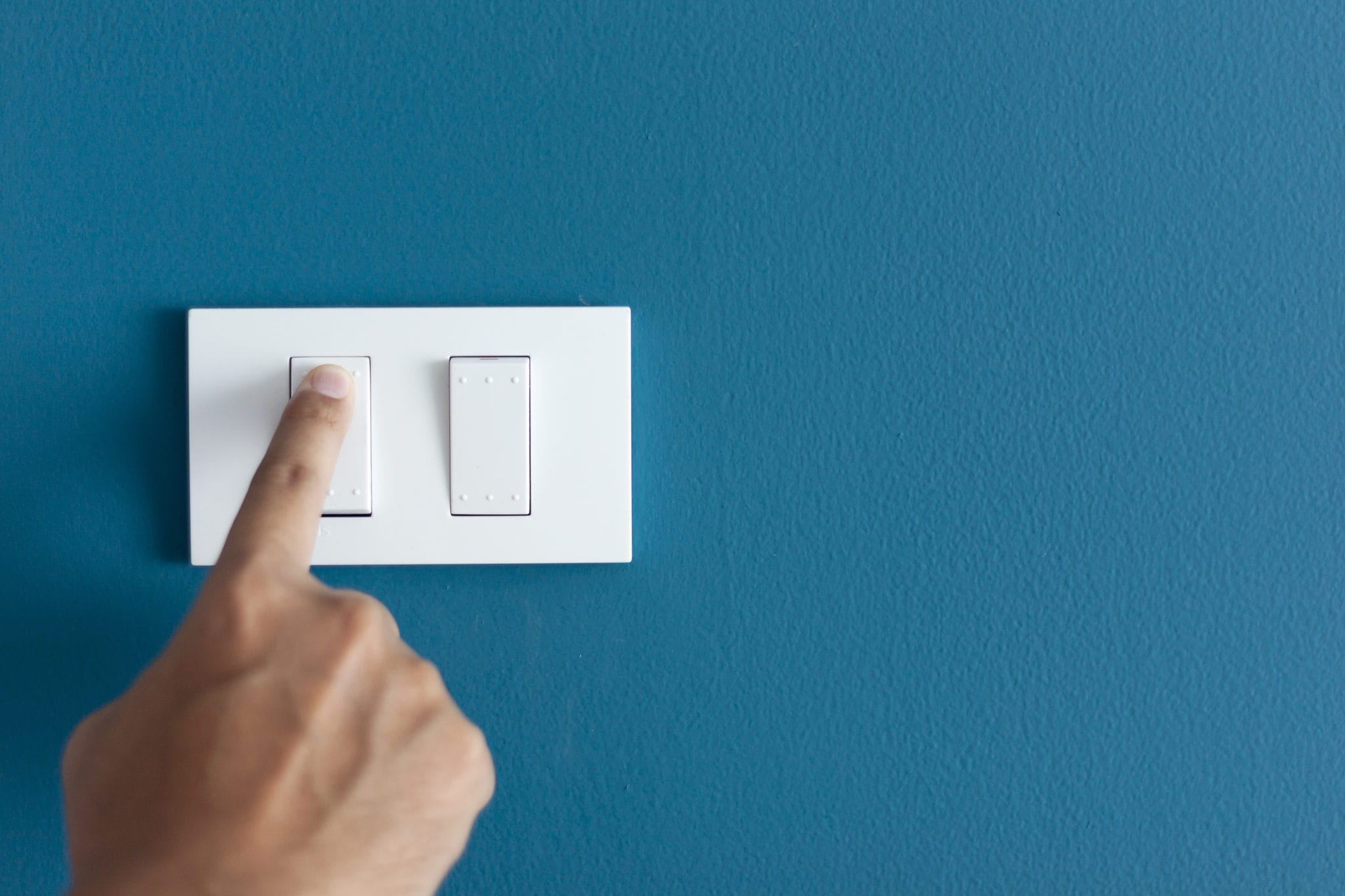Claiming the energy-efficient commercial buildings deduction
Businesses that have invested in energy efficiency — or are considering doing so — shouldn’t overlook the Section 179D deduction for energy-efficient commercial buildings. This tax break offers valuable deductions (up to $1.80 per square foot) for the cost of energy-efficient improvements to new or existing commercial and some residential rental buildings.
The Sec. 179D deduction was first added to the tax code in 2005 as a temporary incentive, but it has expired and been renewed several times over the years. Fortunately, tax legislation enacted in late 2020 made the deduction permanent and provided for the maximum deduction amount to be adjusted for inflation in future years.
Who’s eligible and what qualifies?
Generally, the deduction is available to the taxpayer who incurs the construction expenses associated with the project. Usually that means the building owner, but in some cases, it may be a tenant. For buildings owned by federal, state or local governments, the owner may allocate the deduction to the taxpayer primarily responsible for the design — typically, an architect, engineer, contractor or energy consultant.
The Sec. 179D deduction is available for commercial buildings of any size. It’s also available for multifamily residential rental buildings that are at least four stories above grade. Eligible projects may include new construction, additions to existing buildings or renovations of existing buildings.
What improvements are deductible?
Sec. 179D allows taxpayers to immediately deduct, rather than depreciate, the cost of eligible energy-efficient improvements. The maximum deduction is $1.80 multiplied by the building’s square footage. Eligible improvements must otherwise be depreciable and installed as part of an eligible building’s interior lighting system, HVAC and hot water systems, or building envelope (meaning its walls, insulation, exterior windows and doors, roof systems, and foundation).
The improvements must be part of a plan designed to reduce annual energy and power costs by at least 50% compared with a reference building constructed according to American Society of Heating, Refrigerating and Air-Conditioning Engineers (ASHRAE) standards. Note that the applicable standards have become increasingly strict over time. For example, improvements placed in service from 2006 to 2015 were subject to the 2001 ASHRAE standards and those placed in service from 2016 to 2020 were subject to the 2007 ASHRAE standards.
For improvements placed in service after 2020, the applicable ASHRAE standard will be the one in effect two years before construction begins. To qualify, you’ll need to obtain a certification from a licensed engineer or contractor stating that the improvements meet applicable energy-efficiency targets.
A couple of things to keep in mind: When measuring energy and power savings for purposes of the 50% test, you should consider only reductions in the cost of interior lighting, HVAC and hot water systems. Reductions in energy and power costs for other uses — such as refrigeration, elevators or certain manufacturing processes — don’t count toward the 50% target.
Also, the $1.80 per square foot maximum deduction is a lifetime limit for the particular building. So, for example, if the owner of a 100,000-square-foot building claims a Sec. 179D deduction totaling $90,000 ($0.90 per square foot) in 2021, any Sec. 179D deductions in future years for the same building would be limited to a total of $90,000.
Are partial deductions available?
As ASHRAE standards become more stringent, it’s getting increasingly difficult to meet the 50% target previously described. However, even if a building fails to achieve an overall 50% reduction in energy and power costs, a partial deduction of up to $0.60 per square foot may be available for:
- Interior lighting systems that meet a 25% savings target,
- HVAC and hot water systems that meet a 15% savings target, or
- Building envelopes that meet a 10% savings target.
There’s also a special “interim lighting rule” that permits prorated deductions for improvements that reduce lighting power density by 25% to 40% (50% for warehouses).
Generating tax savings
If you plan to improve the energy efficiency of a new or existing building, be sure to consider the availability of Sec. 179D deductions. Your tax advisor can help you determine whether the project qualifies for the deduction, calculate the deductible amount, obtain the necessary certifications and document your deductible expenses.
How to recover tax benefits you missed
What if you were entitled to Section 179D deductions for energy-efficient improvements placed in service in a previous year, but you neglected to claim them at the time? Is it possible to recover the tax benefits you missed? Possibly.
There are two ways to claim missed Sec. 179D deductions. One is to report them on an amended return for the tax year in question and seek a refund of the tax savings. The deadline for filing an amended return is usually three years from the filing date, so this isn’t an option for older projects.
The second method is to file Form 3115, Application for Change in Accounting Method, and claim “catch-up” deductions in the current tax year. This method avoids the statute of limitations for amended returns, so conceivably you could use it to claim missed deductions going back to 2006.
© 2021


